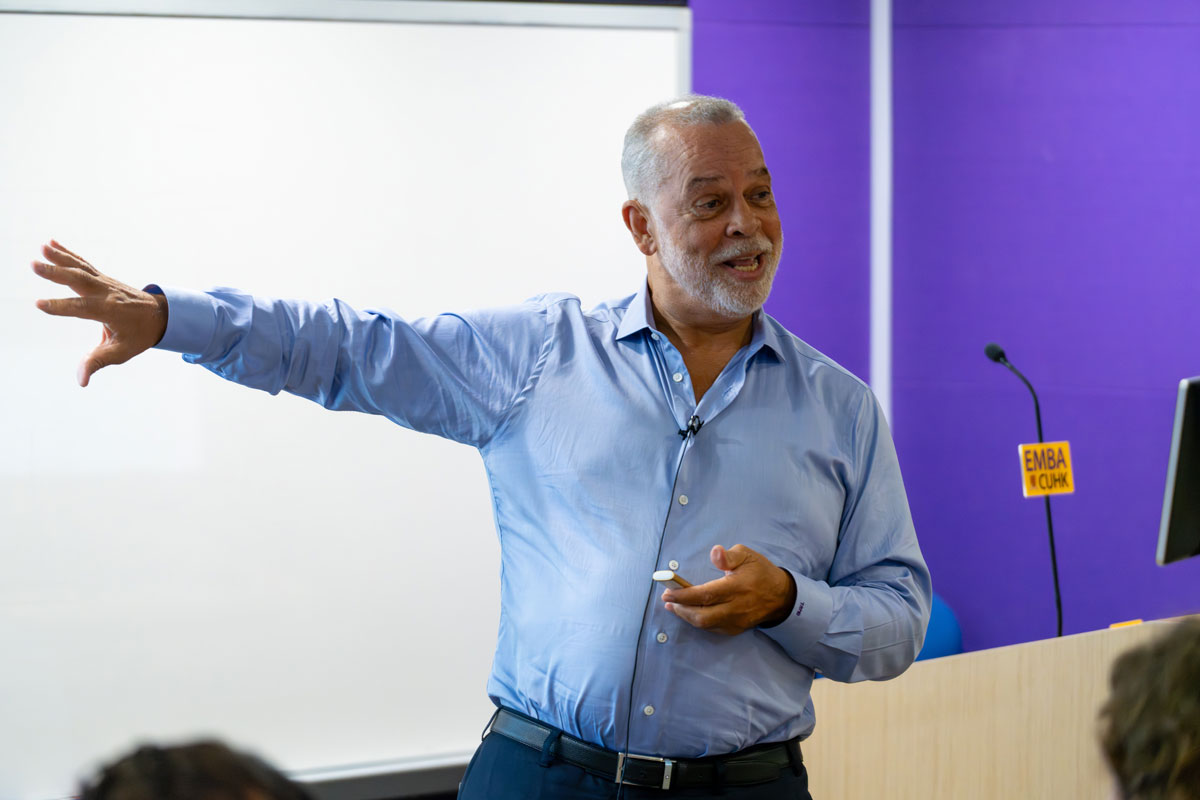How people lead
The two main modes of leadership, he said, are the powerful and attractive styles. People exhibiting the former are detached in conversational tone, physically demonstrative, tend to interrupt and introduce abrupt topic shifts, and are less polite; whereas those favouring the latter are more empathetic, respectful and attentive, and tend to use more accepting physical gestures.
There are big differences between the two groups in verbal style. Powerful people tend to be faster, louder, more direct, and use a more intense style that includes more jargon, with few non-fluency features or qualifiers. But it can also have an equally big impact on non-verbal communication, aka body language – which, Professor Bain emphasised, has been repeatedly shown to have more of an impact on people than verbal communication: we are communicating all the time, whether we mean to or not.
It can be as simple as leaning backwards (powerful) versus forward (attractive) when someone else is talking; or how much physical distance you maintain (powerful people get closer). Powerful leaders make eye contact when talking but not when listening; with attractive leaders, it’s the other way round. Powerful leaders are also more likely to stare, adopt serious expressions, make controlled movements, talk while moving away and touch people in a non-reciprocal and uninvited way – for example, by patting them on the back.



